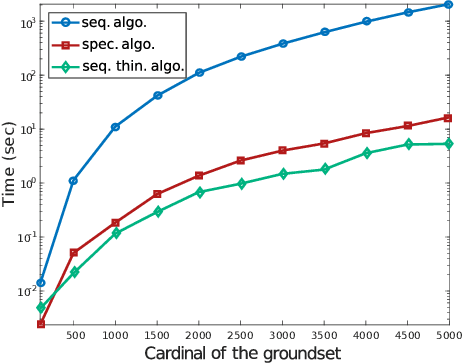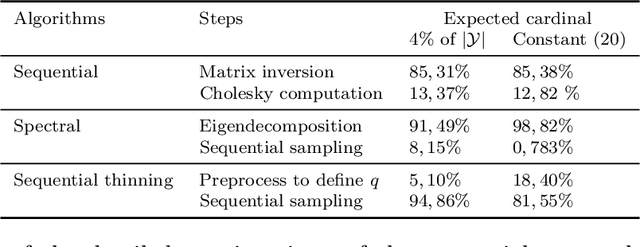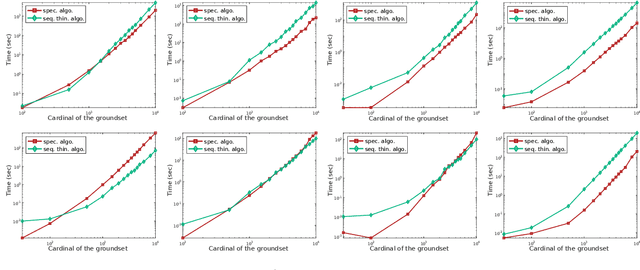Claire Launay
MAP5 - UMR 8145
Measuring uncertainty in human visual segmentation
Jan 18, 2023Abstract:Segmenting visual stimuli into distinct groups of features and visual objects is central to visual function. Classical psychophysical methods have helped uncover many rules of human perceptual segmentation, and recent progress in machine learning has produced successful algorithms. Yet, the computational logic of human segmentation remains unclear, partially because we lack well-controlled paradigms to measure perceptual segmentation maps and compare models quantitatively. Here we propose a new, integrated approach: given an image, we measure multiple pixel-based same-different judgments and perform model--based reconstruction of the underlying segmentation map. The reconstruction is robust to several experimental manipulations and captures the variability of individual participants. We demonstrate the validity of the approach on human segmentation of natural images and composite textures. We show that image uncertainty affects measured human variability, and it influences how participants weigh different visual features. Because any putative segmentation algorithm can be inserted to perform the reconstruction, our paradigm affords quantitative tests of theories of perception as well as new benchmarks for segmentation algorithms.
Exact Sampling of Determinantal Point Processes without Eigendecomposition
Oct 31, 2018



Abstract:Determinantal point processes (DPPs) enable the modelling of repulsion: they provide diverse sets of points. This repulsion is encoded in a kernel K that we can see as a matrix storing the similarity between points. The usual algorithm to sample DPPs is exact but it uses the spectral decomposition of K, a computation that becomes costly when dealing with a high number of points. Here, we present an alternative exact algorithm that avoids the eigenvalues and the eigenvectors computation and that is, for some applications, faster than the original algorithm.
 Add to Chrome
Add to Chrome Add to Firefox
Add to Firefox Add to Edge
Add to Edge